Last Updated on August 29, 2023 by Moulik
ASUS recently entered the enterprise market with a bucketload of devices, including laptops, full-sized desktops, all-in-one desktops, and even mini PCs. The company is focusing on reliability and enhanced data security with its enterprise PC lineup. We had the chance to review the ASUS ExpertBook P2 (P2451FB) laptop, which is a mid-range device with a thin form factor, the latest generation Intel processor, and plenty of ports.
With a starting price of ₹58,999, is it worth the purchase and does this enterprise laptop mean business? Let’s find out in our review.
ASUS ExpertBook P2451FB Specs
- Screen: 14-inch LCD, 1920×1080, 60Hz, Anti-Glare, 45% NTSC Colour Gamut Coverage
- CPU: Intel Core i7 10510U
- RAM: 8GB DDR4 2666MHz, 2 SO-DIMM Slots (Expandable Up To 32GB)
- Storage: 512GB PCIe NVMe SSD (Expandable Up To 1TB), 2.5-inch SATA HDD Bay, microSD Card Slot
- GPU: Nvidia GeForce MX110 2GB GDDR5 VRAM
- Keyboard: Illuminated Tenkeyless, Windows Hello Fingerprint Reader, Pointing Nub
- Trackpad: Multitouch With Microsoft Precision Drivers
- Webcam: 720p
- Loudspeakers + Mic: 2W Stereo Speakers, Digital Array Microphone
- Ports: 1x HDMI, 1x USB 3.2 Gen 2 Type-C 10Gbps (with DisplayPort & Power Delivery), 1x USB 3.2 Gen 1 Type-A, 1x USB 2.0 Type-A, 1x VGA, 1x 3.5mm Port For Headphone+Microphone
- Wireless Connectivity: Dual-Band Wi-Fi 6, Bluetooth 5.0
- Battery: 48Whr
- Dimensions: 32.53×23.29×1.99cm
- Weight: 1.6kg
Subscribe to Onsitego
Get the latest technology news, reviews, and opinions on tech products right into your inboxYou can get Extended Warranty and Spills & Drops Protection plans for your laptop from our website. The extended warranty plan extends the manufacturer warranty by up to 4 additional years, covers breakdowns and malfunctions, offers a pickup and drop facility, and comes with a repair or replacement guarantee. The spills and drops protection plan covers broken, cracked, and shattered screens as well as physical damage and liquid damage. Even this plan comes with a repair or replacement guarantee.
ASUS ExpertBook P2451FB Design & Build
The ExpertBook P2415B is built very well, and there’s very little flex in the lid and the keyboard area. It’s quite slim, too. ASUS claims that the laptop’s design is MIL-STD-810G-compliant, which means that it should be able to withstand drops in a better way than other laptops. The hinge is neither too loose nor too tight, and you can open the aluminium alloy lid with just one finger. The body catches up on fingerprints, though, so you’ll have to keep cleaning it at least once a day.
On the left side, there is a charging port, an ethernet port, a USB Type-C port, an HDMI port, and a USB Type-A port. On the left side, there are two USB Type-A ports, a microSD card slot, a VGA port, and a combo headphone+microphone port. There is a vent at the rear for letting hot air out. The plastic used at the bottom of the laptop feels cheap. You can remove the bottom panel easily after unscrewing a total of ten screws and prying open the panel. You can upgrade RAM (there’s one slot left empty) and storage (both NVMe SSD and 2.5-inch drive).
There is a steel support brace on the inside to support all the components during shocks and drops. Overall, the laptop is built very well in terms of robustness and strength, but ASUS could’ve used a bit more premium materials so that it felt nice, too.
Also Read: ASUS ROG Zephyrus G14 Review – The Gaming Laptop To Beat In 2020
ASUS ExpertBook P2451FB Display & Audio Quality
The 14-inch display has thin bezels on three sides, which means that ASUS was able to fit a 14-inch screen inside the size of a usual 13-inch laptop. The display itself is quite bad, though. Neither the colours and brightness are worth the praise, neither the viewing angles. In fact, the viewing angles are so bad, I am sure ASUS is using a low-cost TN (Twisted Nematic) panel.
I could’ve understood the choice of a TN display if this was an entry-level gaming laptop, but it isn’t. TN panels have good response times at the expense of viewing angles, but the ExpertBook P2 is a business laptop, so there’s no need for high response times. Plus, the brightness is below average and so is colour reproduction (it just covers just 45% of the NTSC colour gamut). ASUS could’ve done much better with the ExpertBook P2’s display.
The below-par performance continues with the speakers, too. The highest volume levels are middling and the quality is nothing spectacular. At least, you can reliably use truly wireless earphones, thanks to the inclusion of Bluetooth 5.0.
ASUS ExpertBook P2451FB Keyboard, Trackpad, Webcam
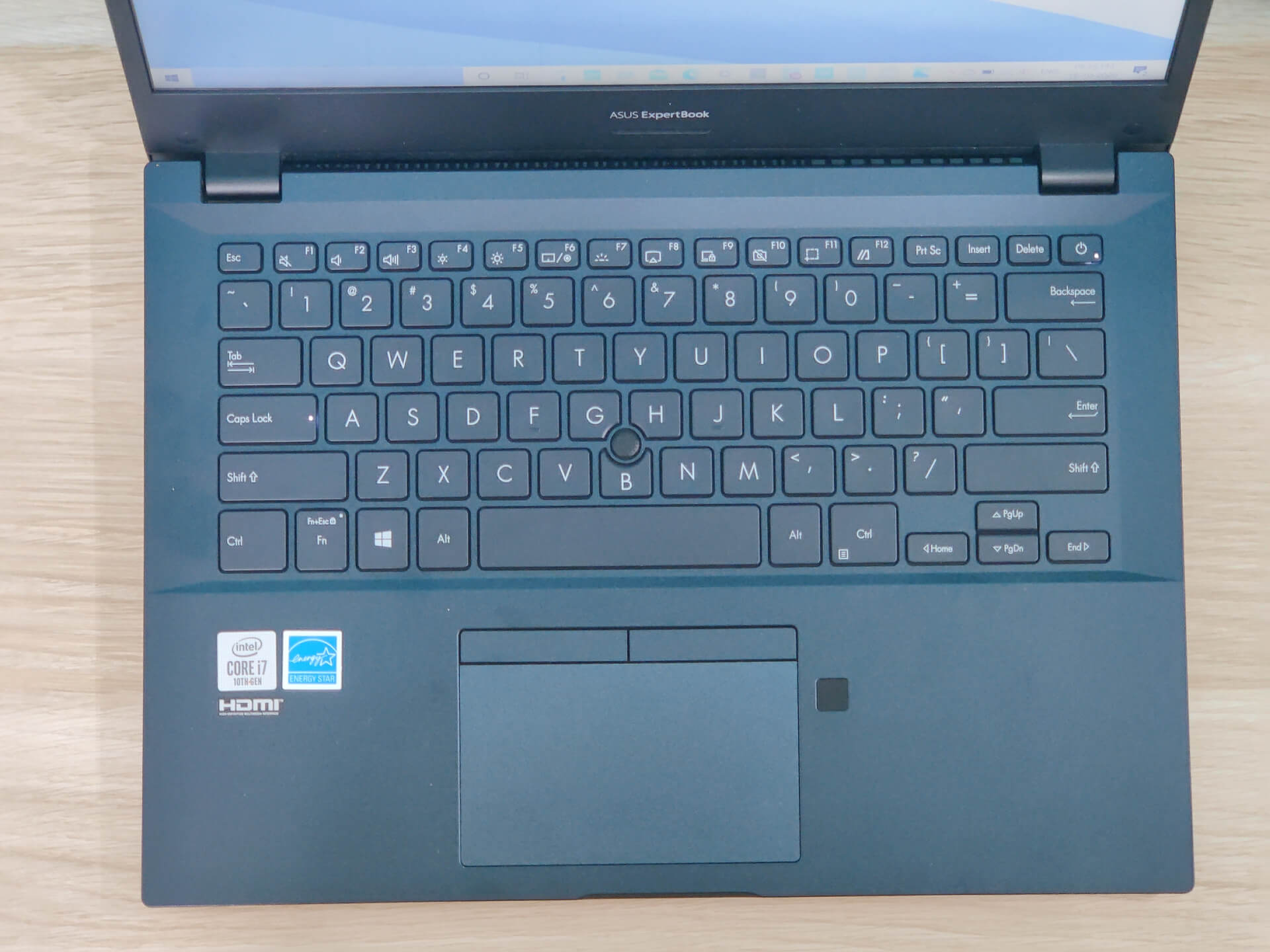
This is where the ExpertBook P2 bounces back strongly. The keyboard is a joy to use, and it’s backlit. There is enough travel and the layout is completely normal, so you will adapt to typing on this laptop quite easily. There are three levels of keyboard backlight intensity and it can be accessed via the F7 key.
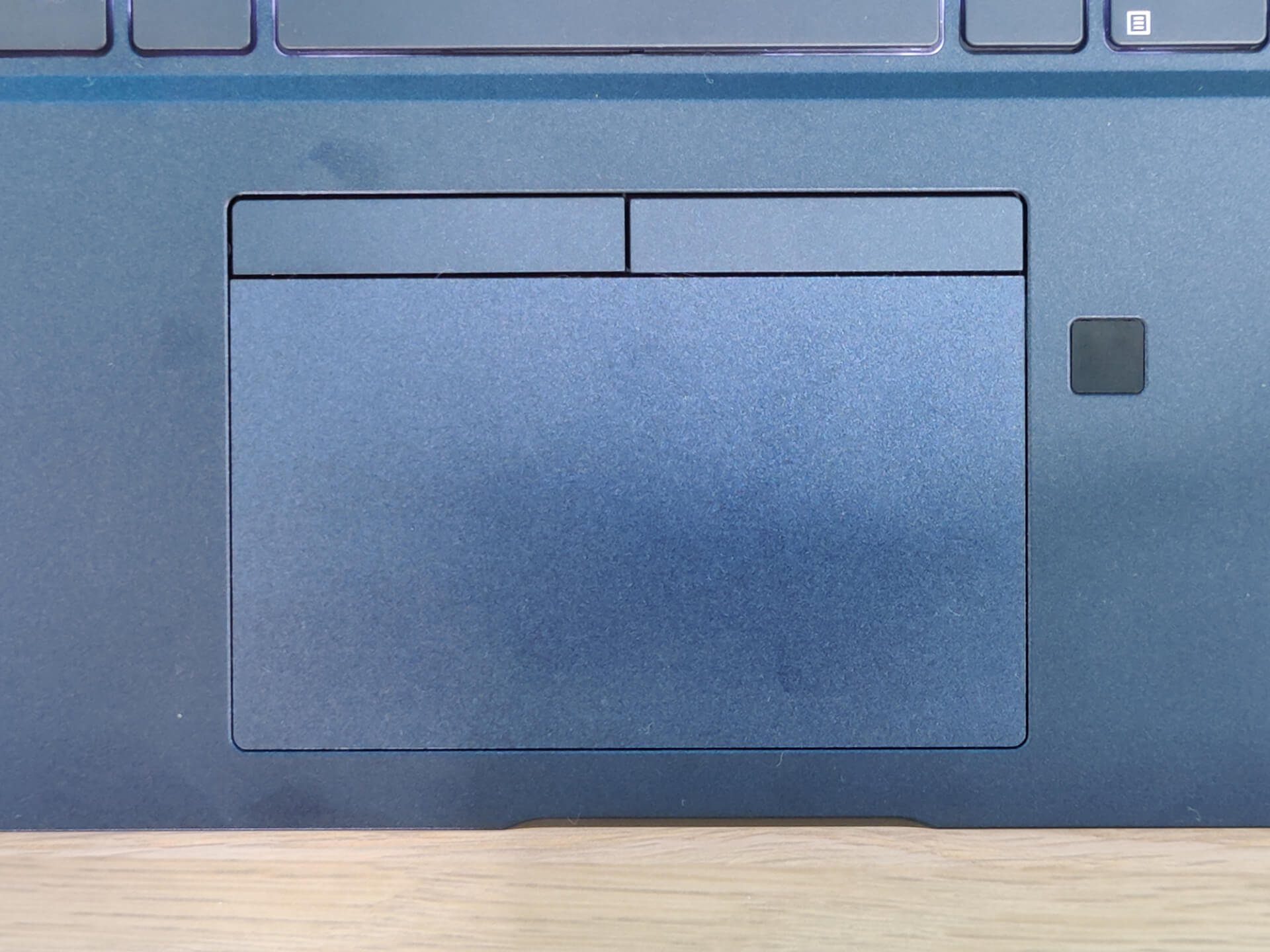
The trackpad has a decent size and there are two physical left-click and right-click buttons. Tracking was good but not great. Since it has Windows Precision drivers, you can do all sorts of multi-finger gestures, and that’s good enough. There’s a capacitive fingerprint reader on the right side of the trackpad, and it is accurate and fast. Since it is compatible with Windows Hello, you don’t have to install any additional software or tool.
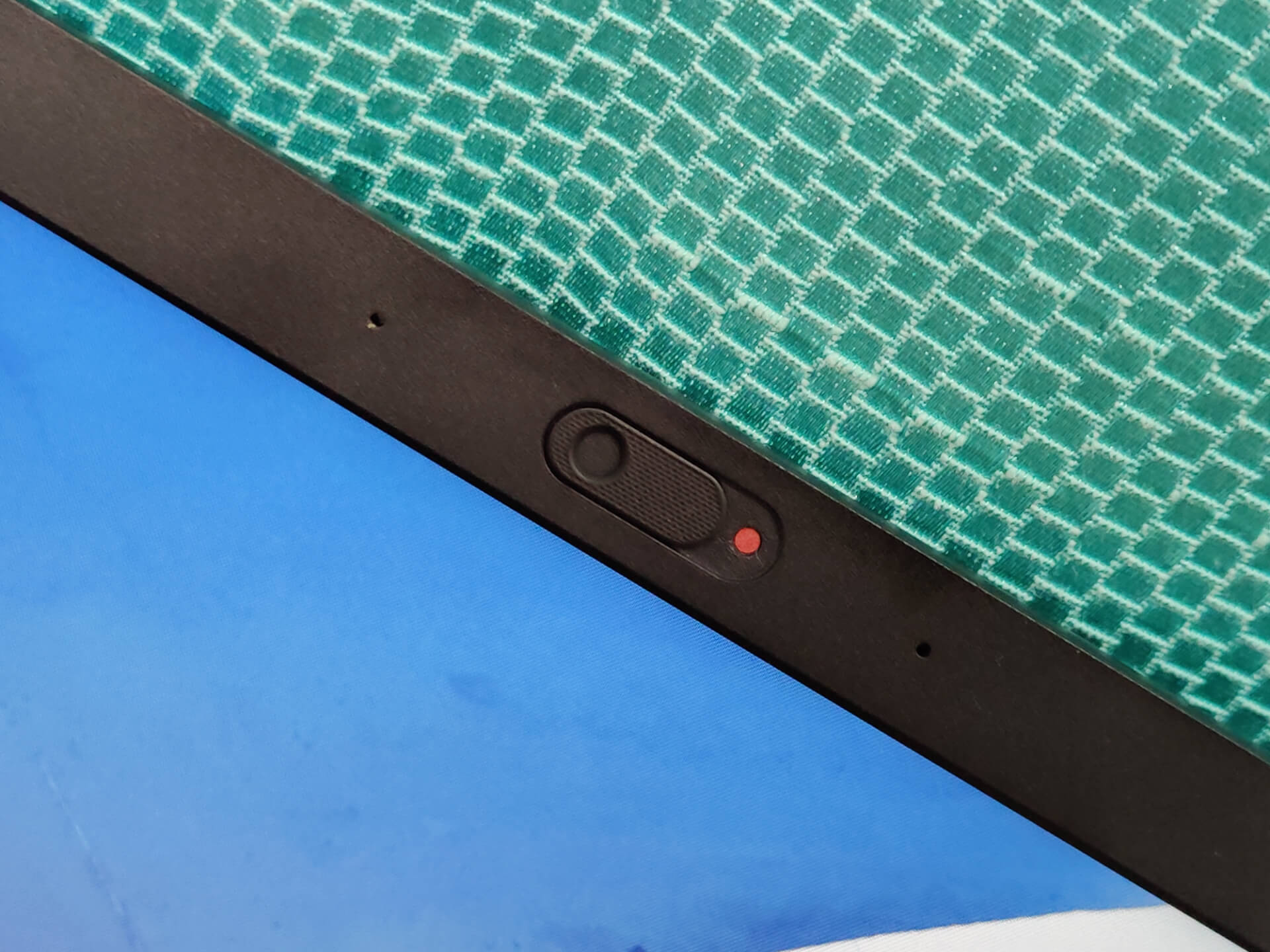
The 720p webcam has a physical privacy shutter, so when you are not making video calls, you can keep the shutter closed, knowing fully that no unlawful access of your webcam can take place.
ASUS ExpertBook P2451FB Performance
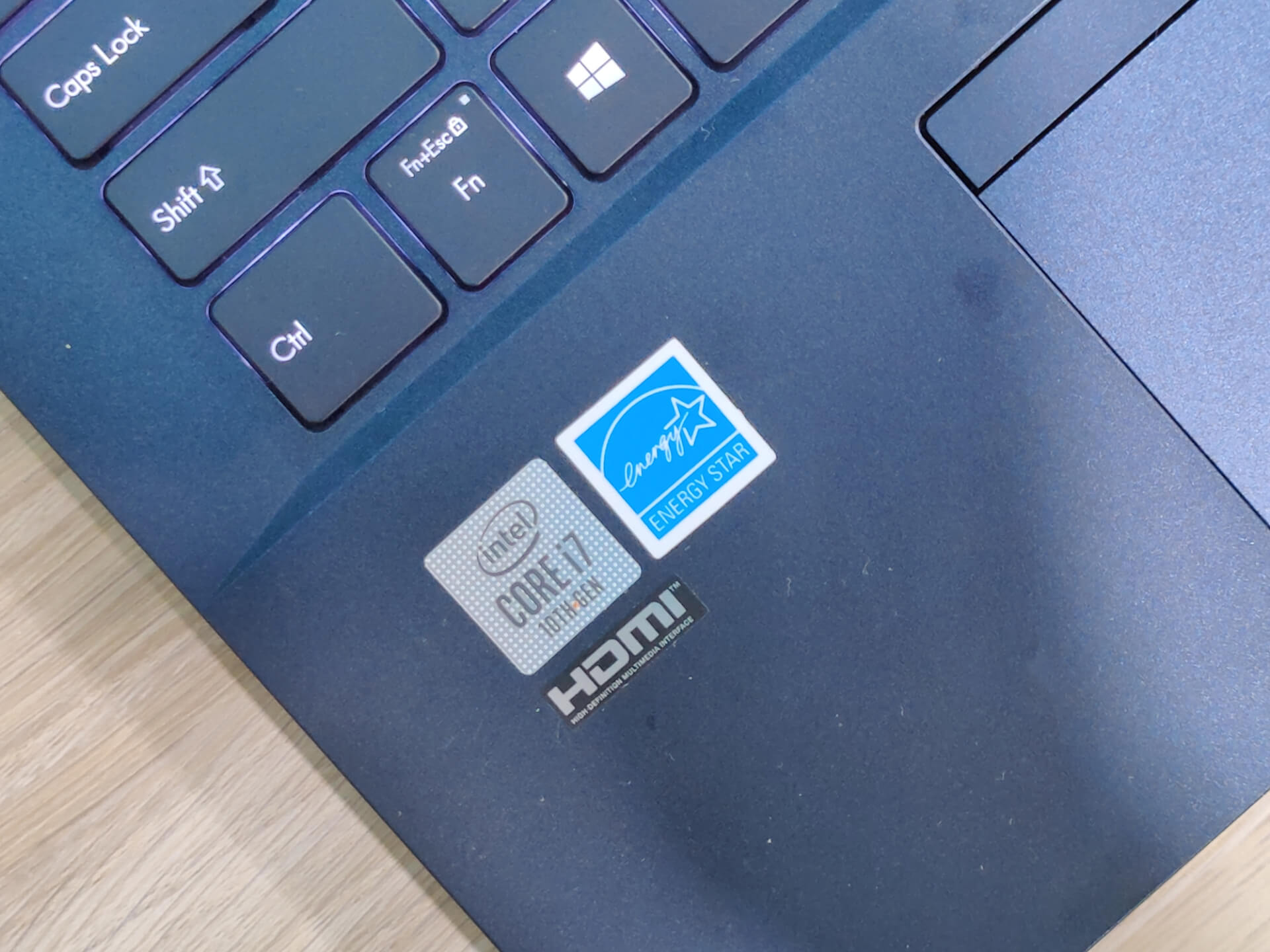
The performance is what you would expect from a 10th Gen Intel Core i7-equipped laptop. It felt fast and zippy, apps launched quickly, and it never slowed down. The SSD has sequential read speeds of up to 1,700MB/s and sequential write speeds of around 1,000MB/s. Random read and write speeds were 350MB/s and 816MB/s respectively.
The laptop scored 3,134 points in PCMark 10, 529 points in 3DMark’s Time Spy test, and 190 points in 3DMark’s Time Spy Extreme test. The Intel Core i7 10510U’s clock speed mostly stayed around the 3.5GHz mark, but it also fell to as low as 1GHz for around 25% of the benchmark. The CPU temperature was between 60°C and 90°C The GPU core clock mostly stayed at around 300MHz, while the GPU’s temperature held steadily at 60°C.
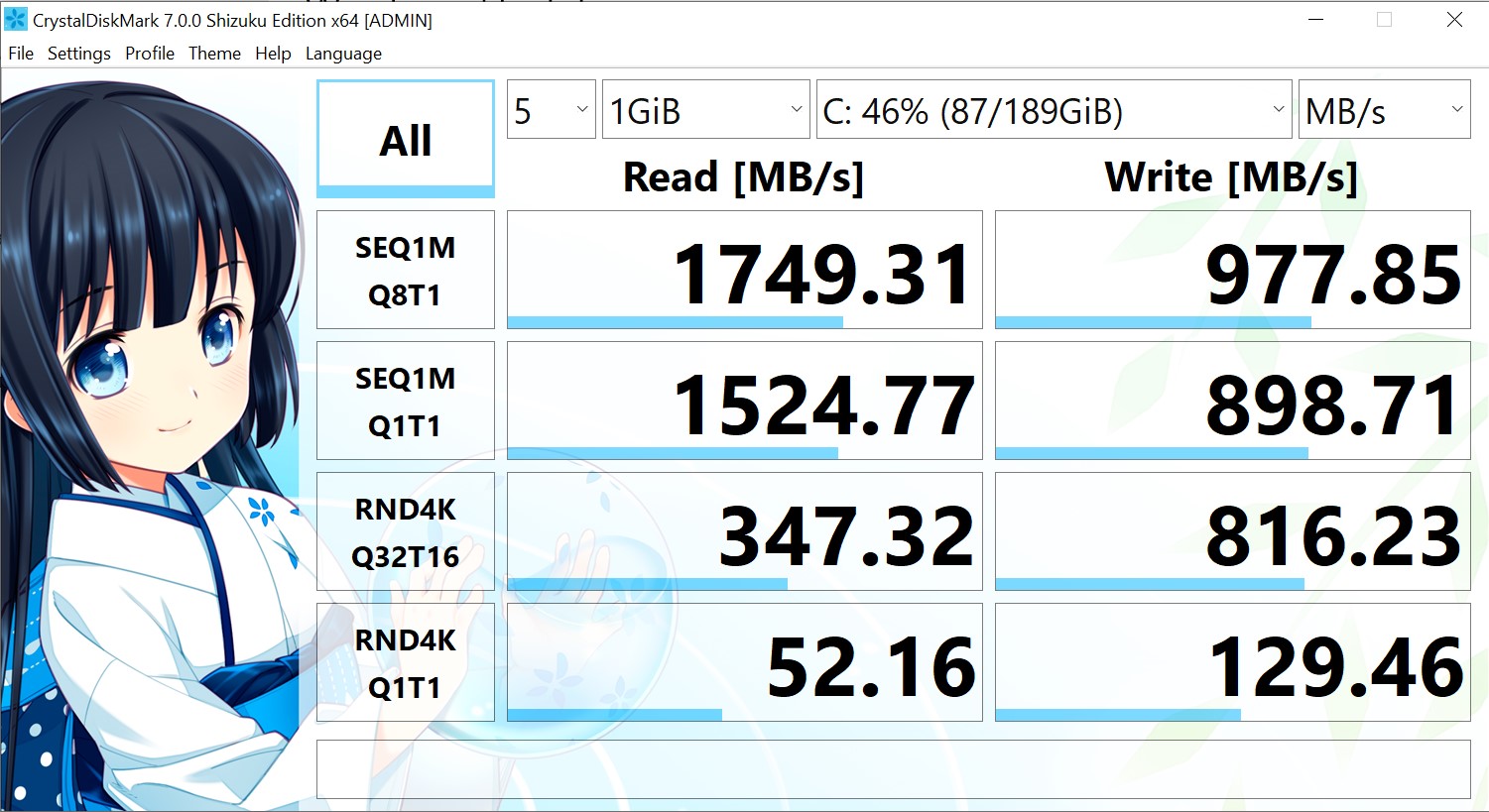
I don’t know why ASUS chose to equip the ExpertBook P2 with the Nvidia GeForce MX110 GPU as the Intel Core i7 10510U’s integrated graphics are almost as good as the dedicated GPU used inside the laptop. The added cost could’ve been easily used elsewhere (hint: for a better panel).
ASUS ExpertBook P2451FB Battery Life
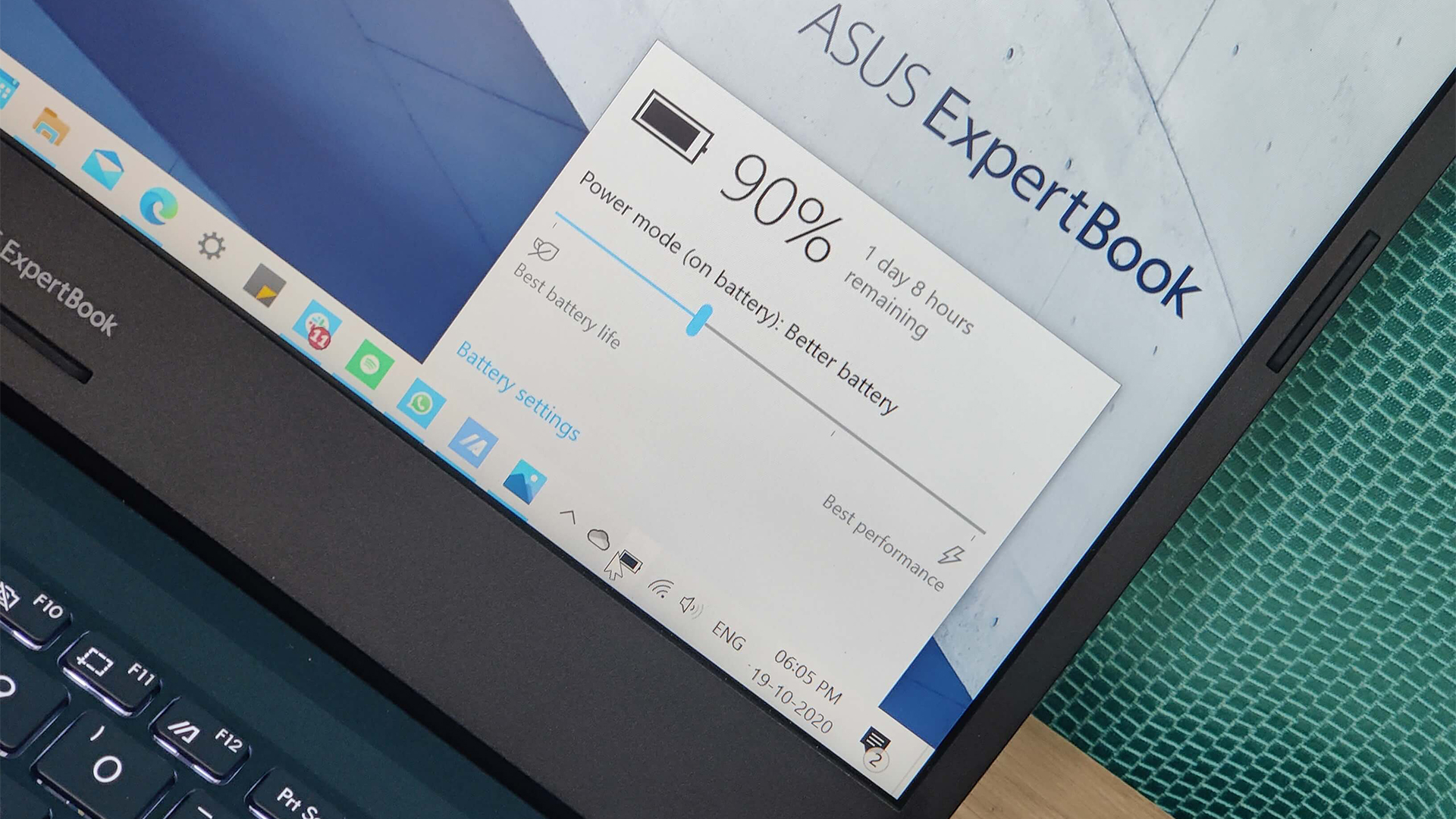
The 48WHr battery takes around an hour for a full charge. It can be charged using both the supplied charger and a USB PD 65W charger. With screen brightness set to 50% and Bluetooth and Wi-Fi turned on, the ExpertBook P2 lasted around 5-6 hours on a single charge. I think ASUS could’ve used a 60WHr or 70WHr battery for an 8-hour battery backup.
Conclusion
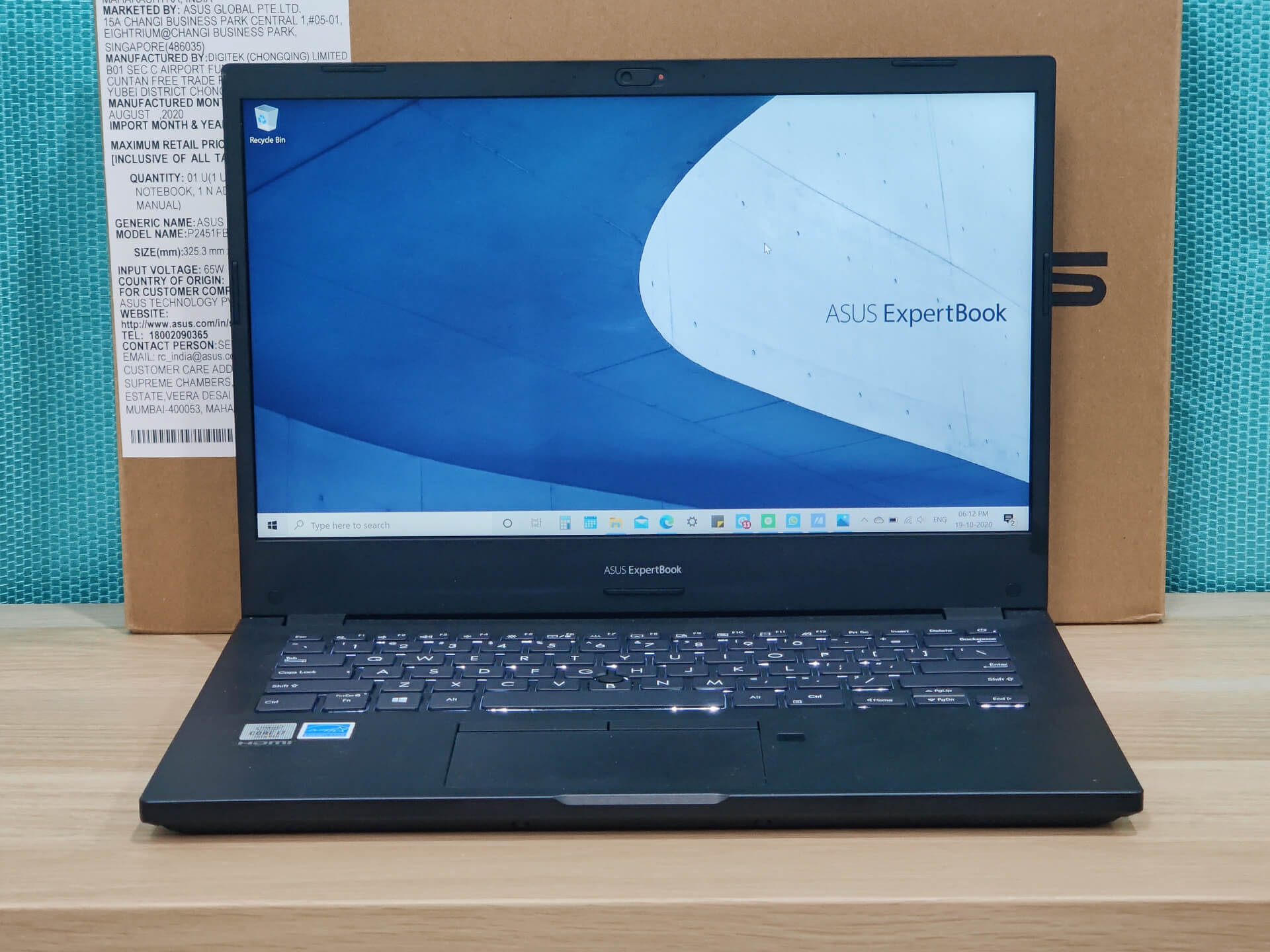
ASUS worked a lot on the ExpertBook P2 (P2451FB)’s strength and versatility. Almost all the features of a laptop, including the keyboard, trackpad, ports, Wi-Fi 6, privacy shutter for the webcam, the pointing nub, and a 3-year warranty goes on to show that ASUS went beyond what most brands usually do in the price category. However, it cheaped out on the screen quality, making it a dealbreaker for many. After using ASUS products for years and watching it do so well in most categories, the use of a low-quality screen panel in a higher mid-range laptop came as a surprise to me.
The Review
ASUS ExpertBook P2 (P2451FB)
ASUS worked a lot on the ExpertBook P2 (P2451FB)’s strength and versatility. Almost all the features of a laptop, including the keyboard, trackpad, ports, Wi-Fi 6, privacy shutter for the webcam, the pointing nub, and a 3-year warranty goes on to show that ASUS went beyond what most brands usually do in the price category. However, it cheaped out on the screen quality, making it a dealbreaker for many. After using ASUS products for years and watching it do so well in most categories, the use of a low-quality screen panel in a higher mid-range laptop came as a surprise to me.
PROS
- Thin and compact, well-built body
- Very good performance
- Keyboard works well
- Good connectivity features, including Wi-Fi 6 and a USB-C port
- Close to all-day battery life
- Privacy cover for the webcam
CONS
- Bad screen quality
- Speakers could’ve been much louder
- There was no need for left-click and right-click buttons on the trackpad
- Battery life could’ve been better.

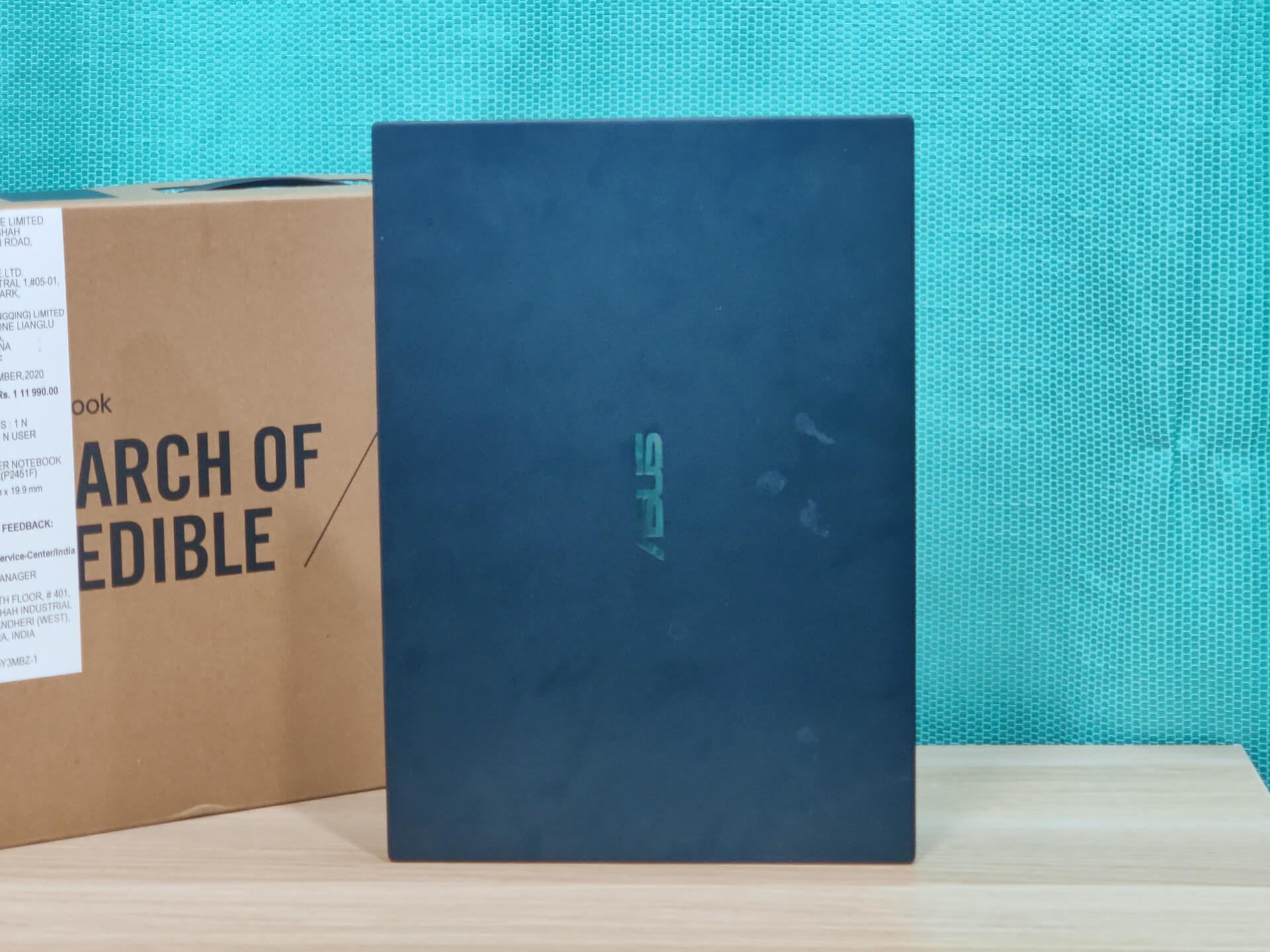

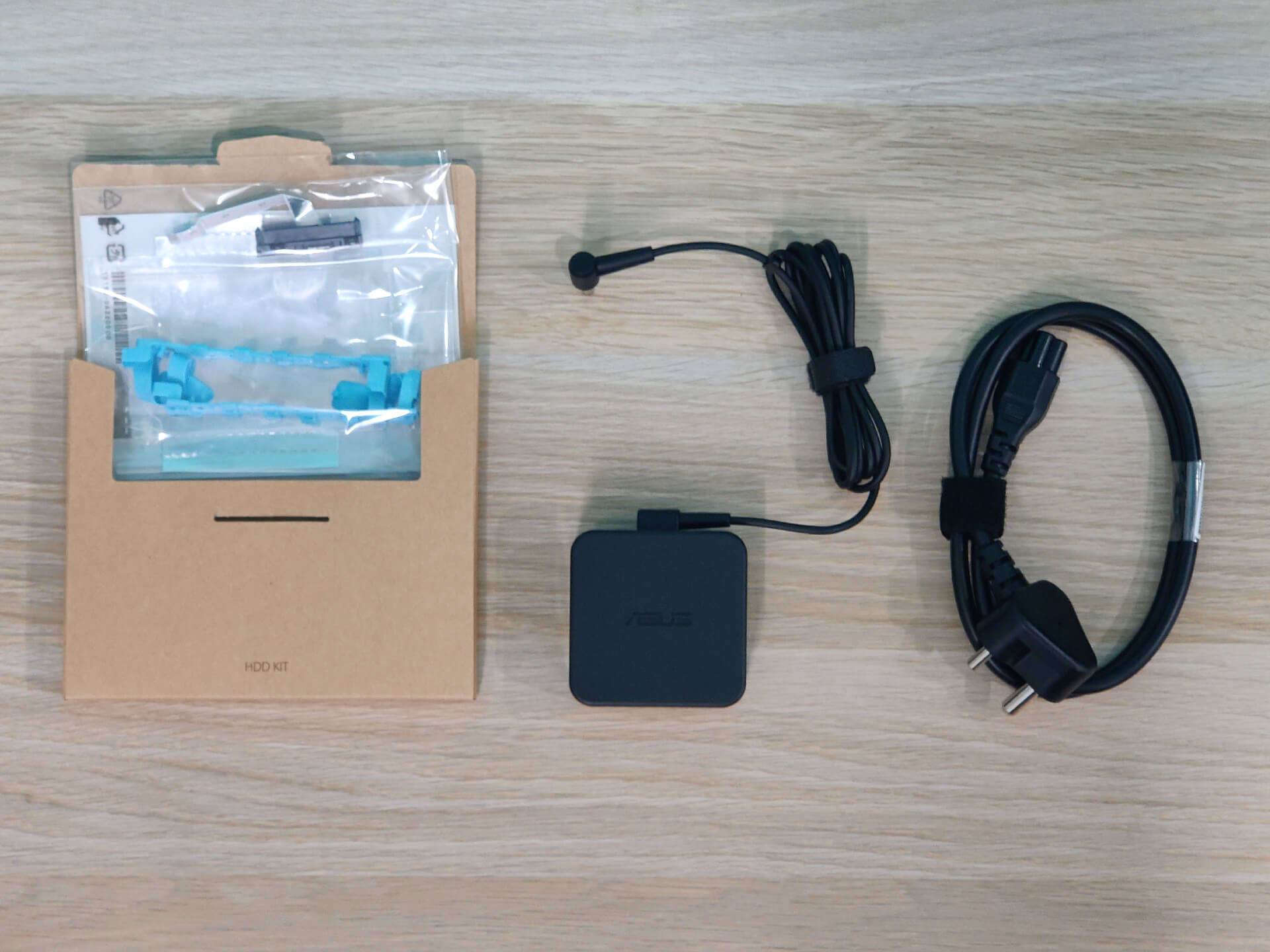
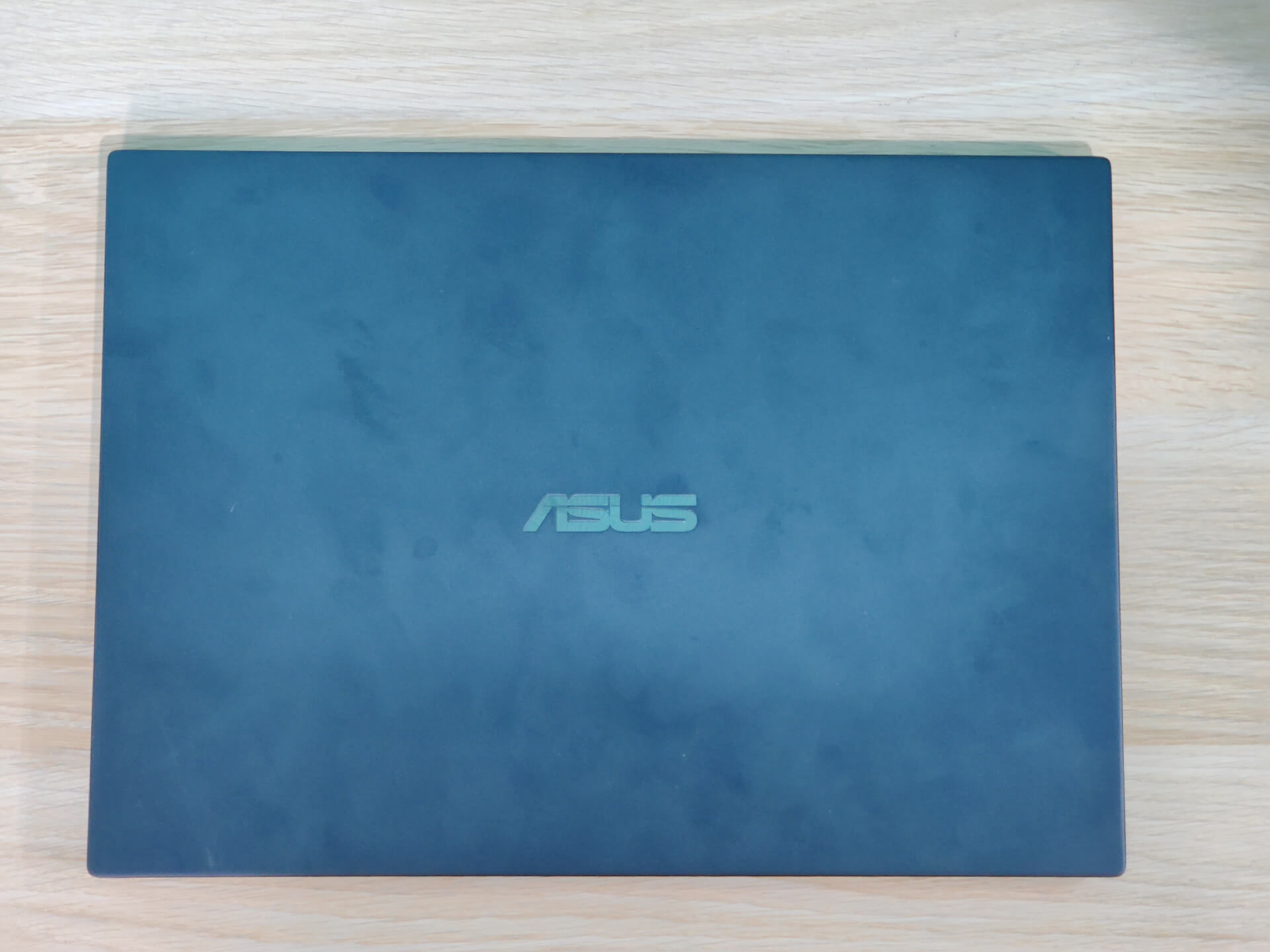

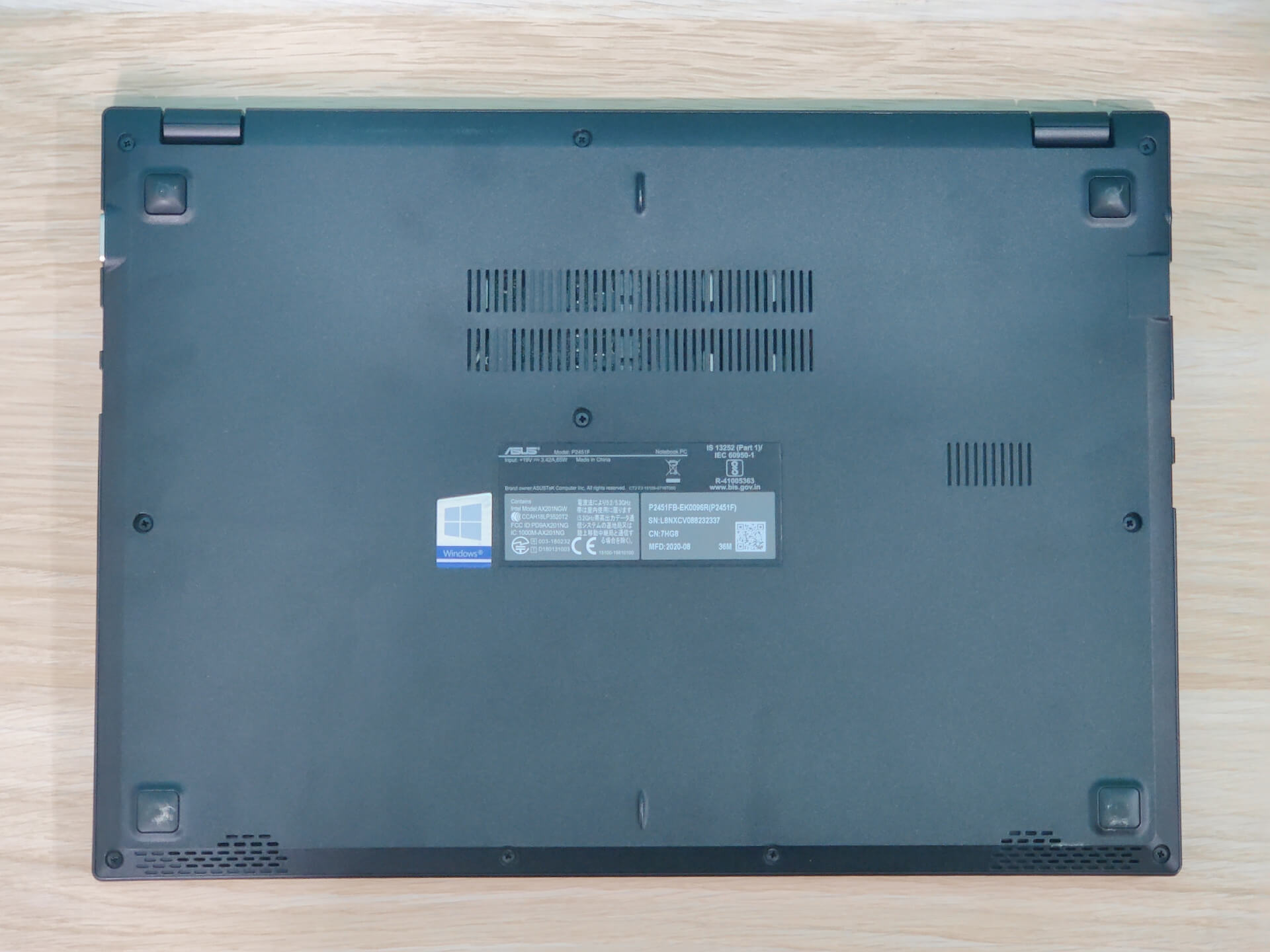
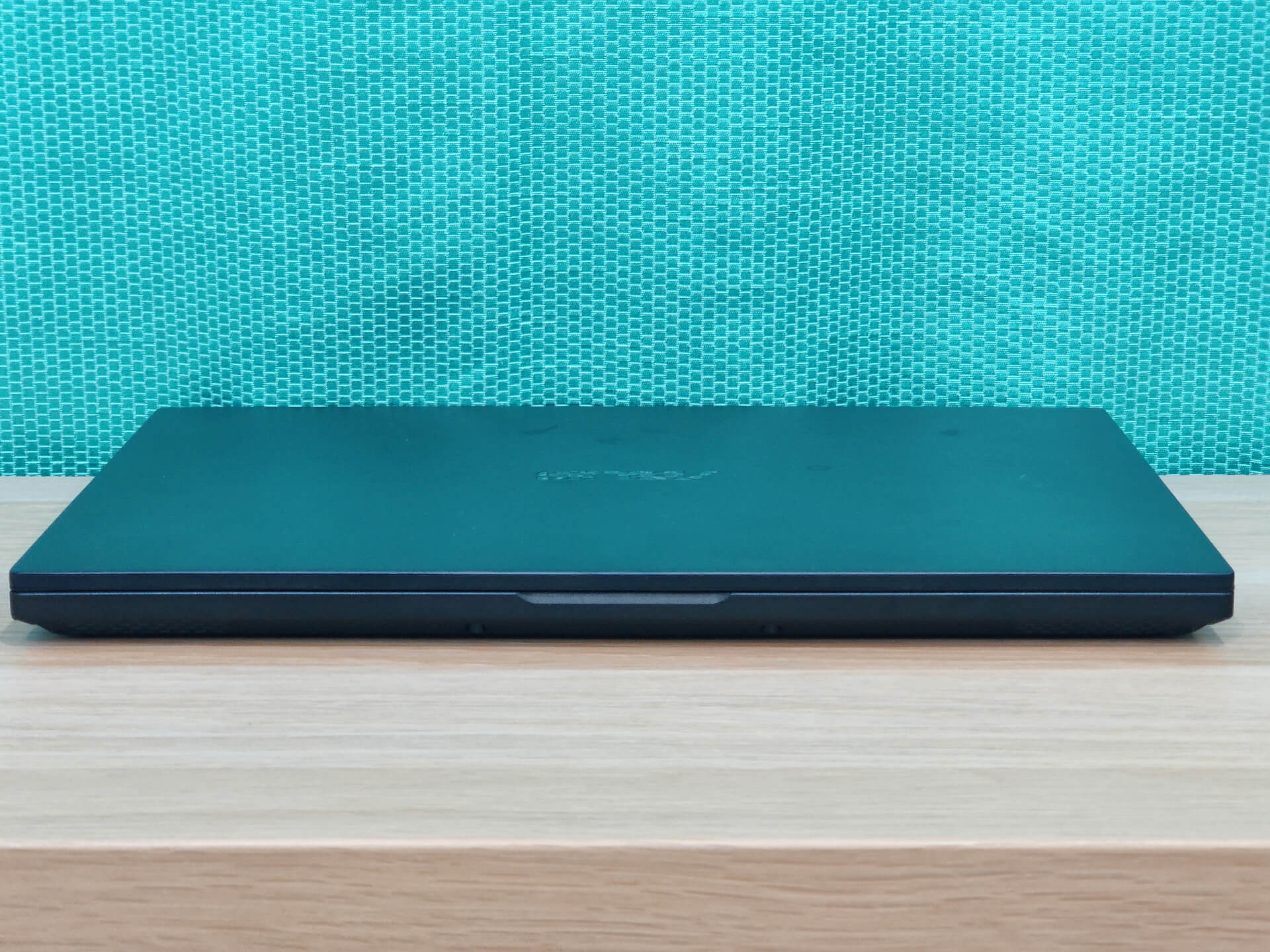
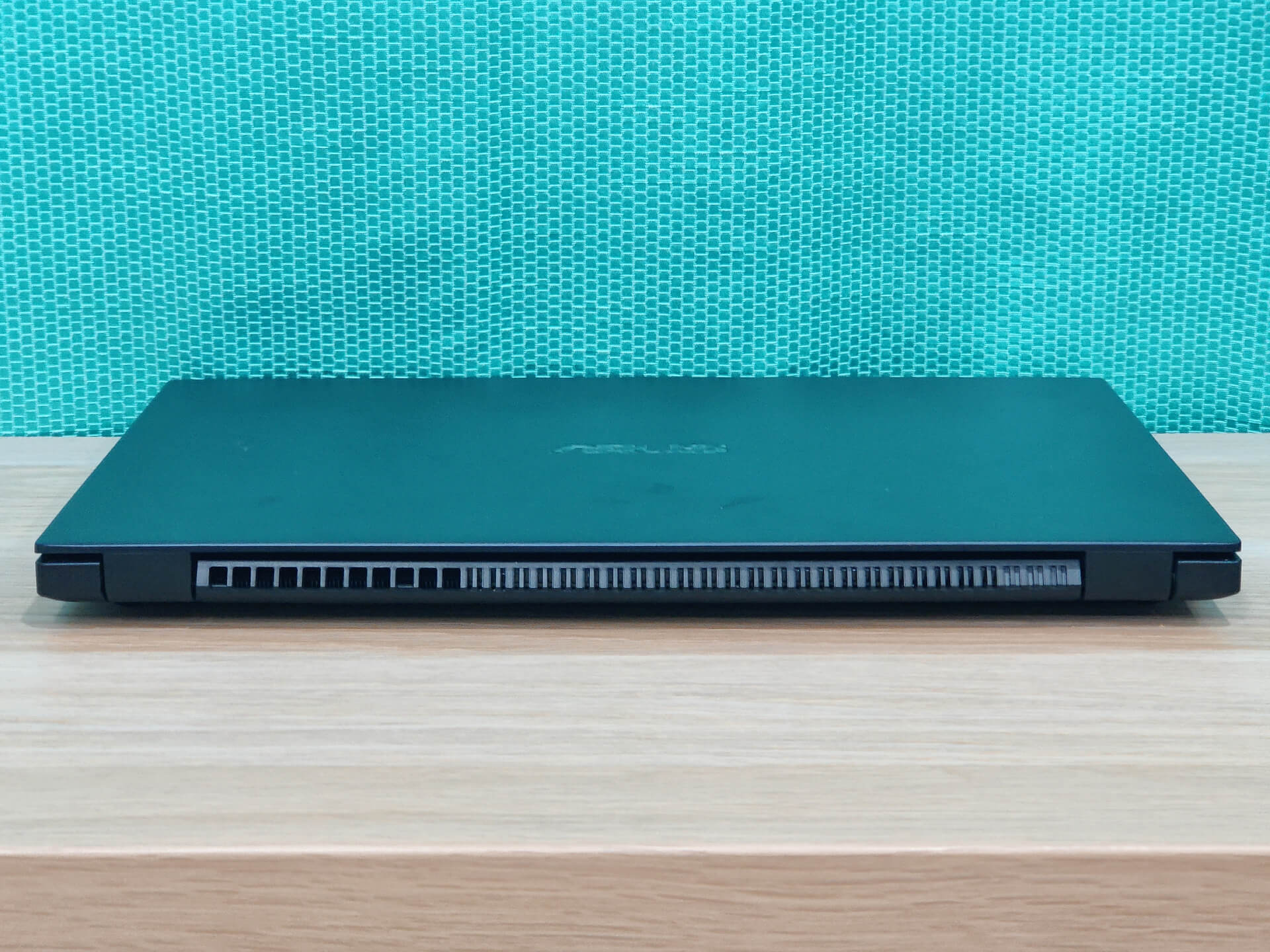
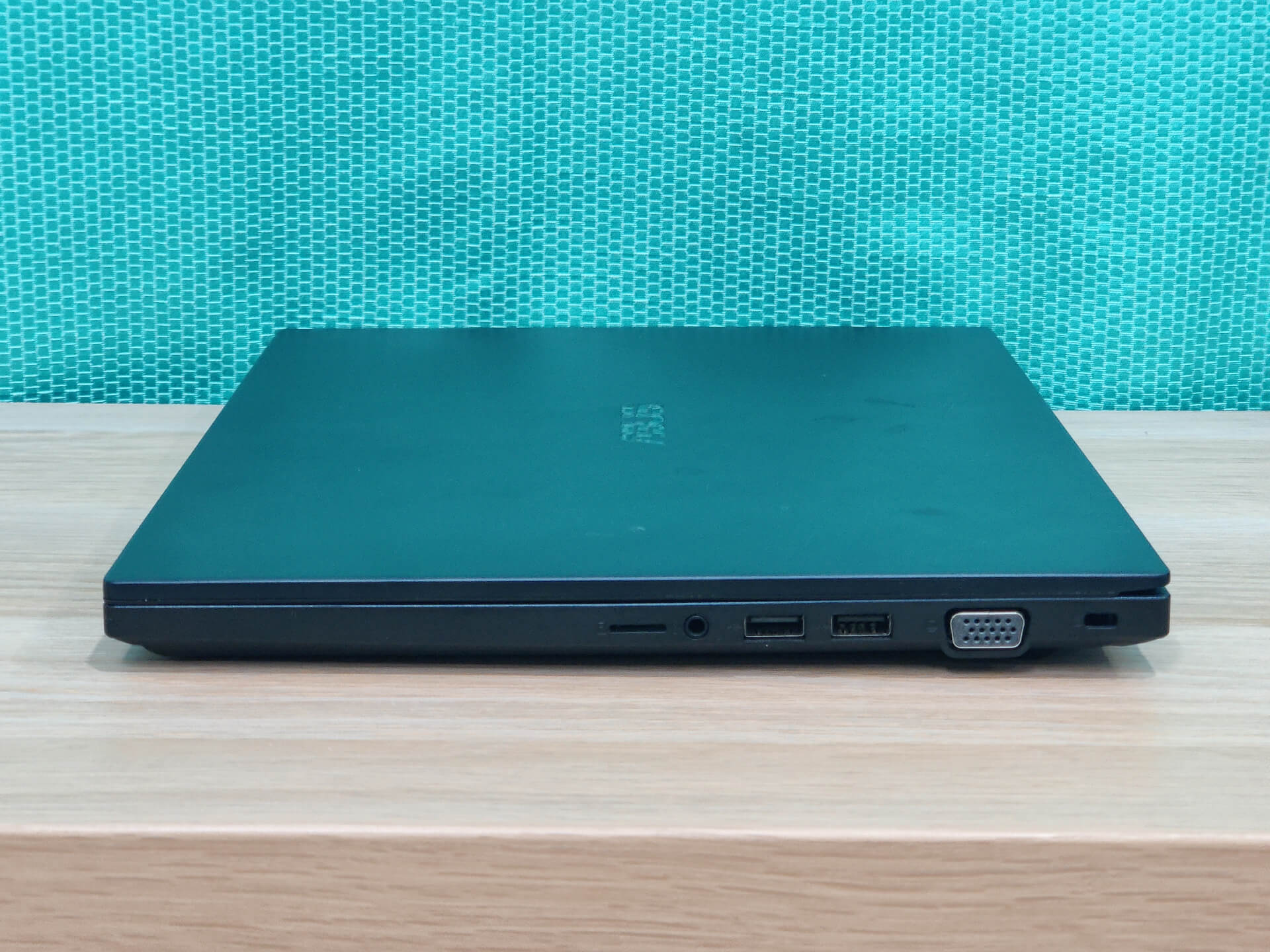
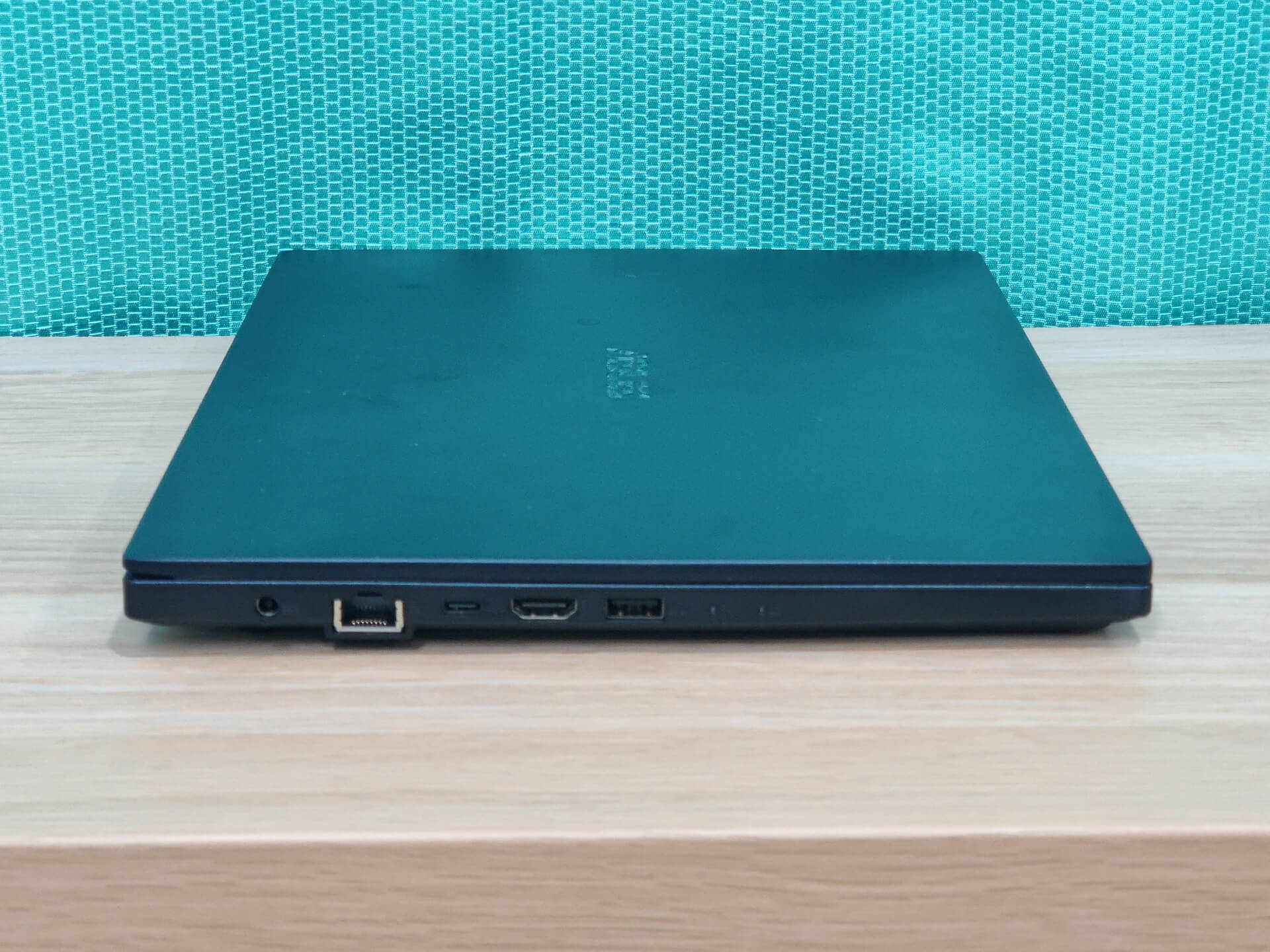
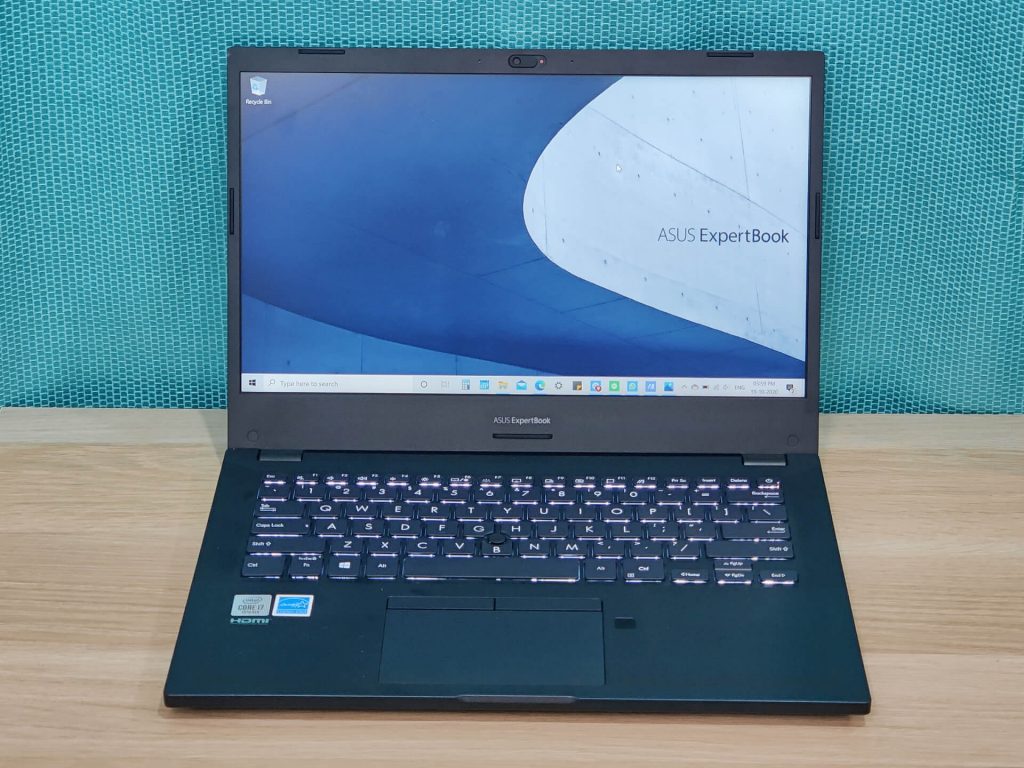
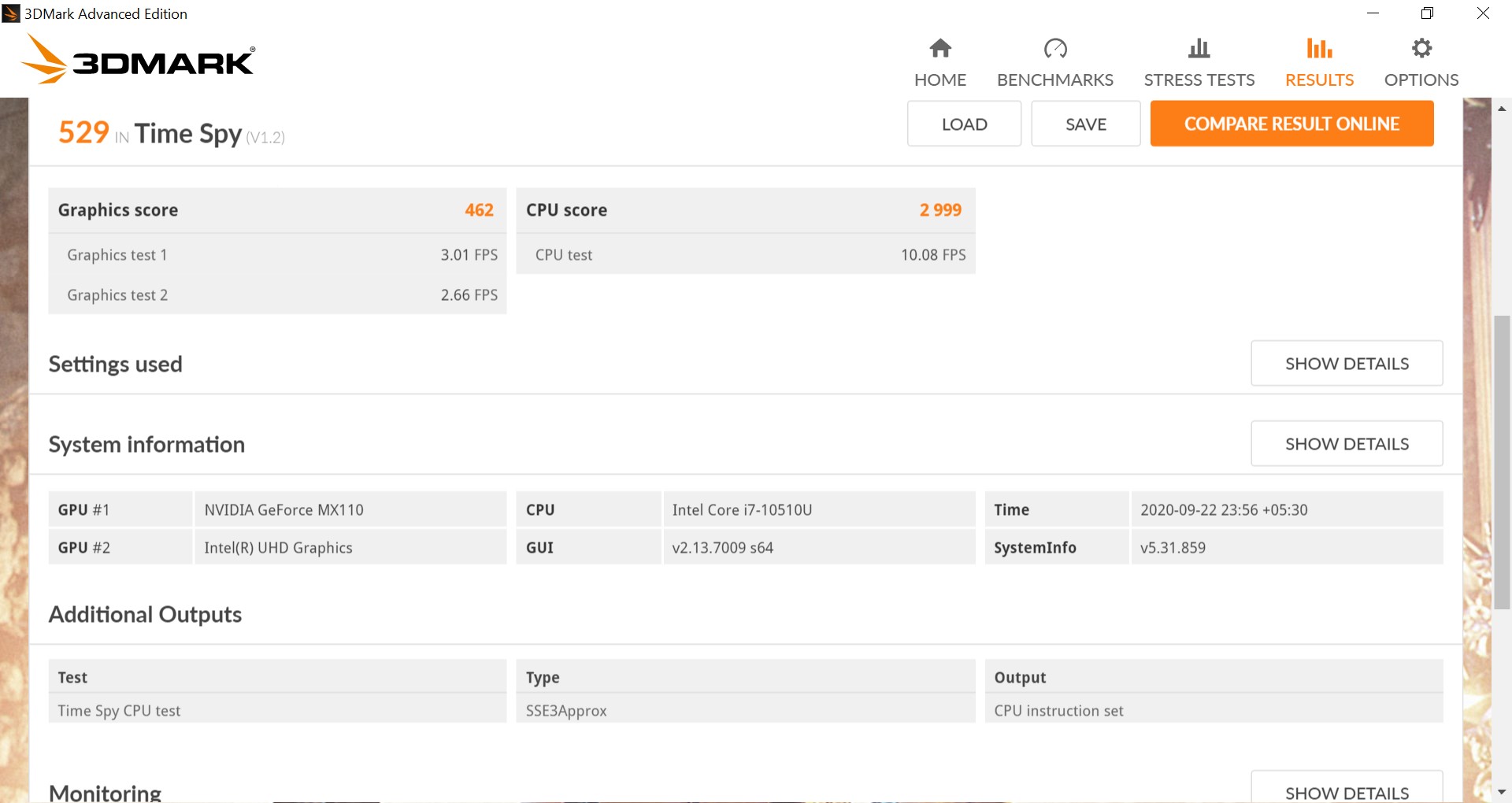
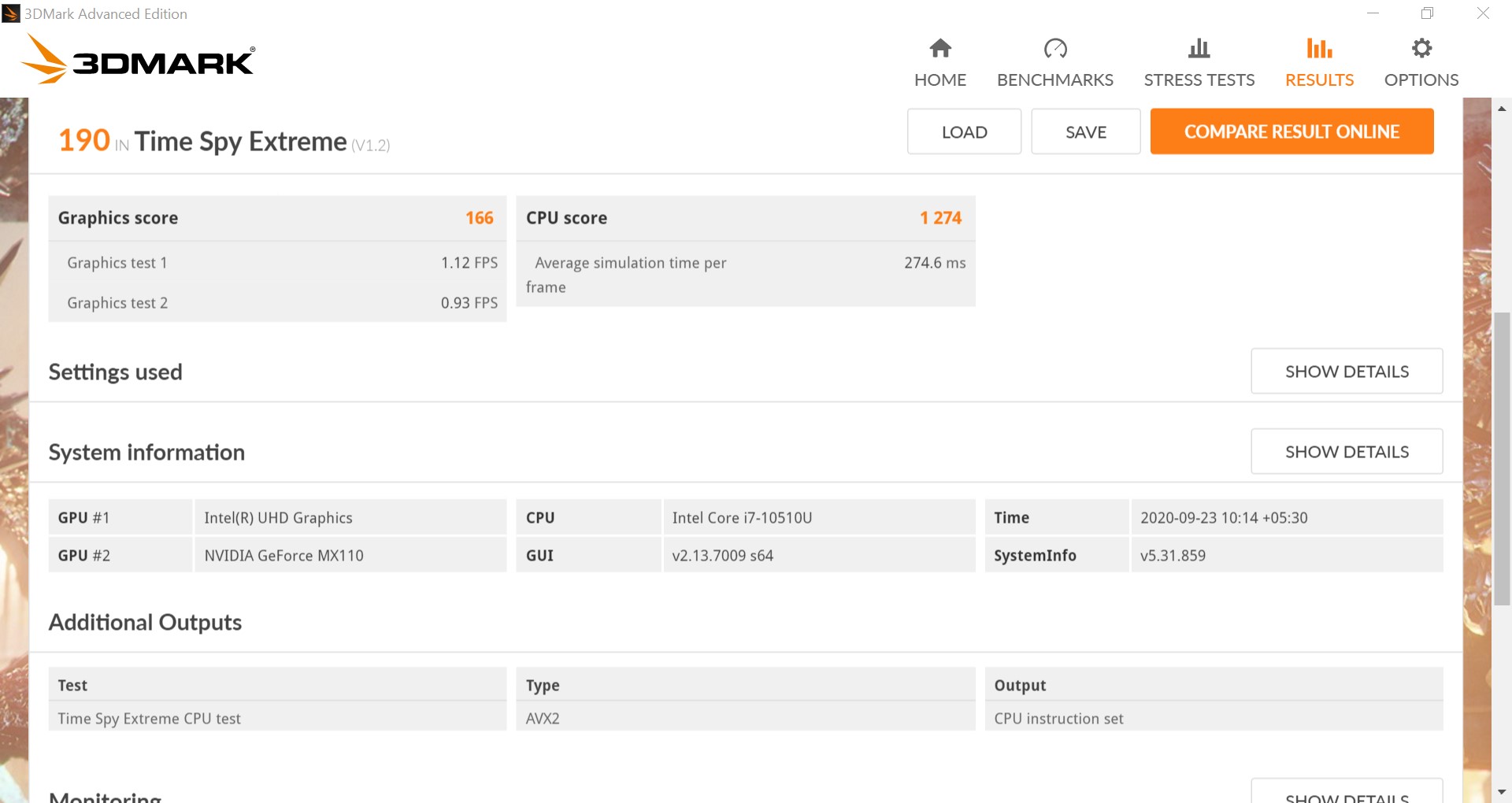
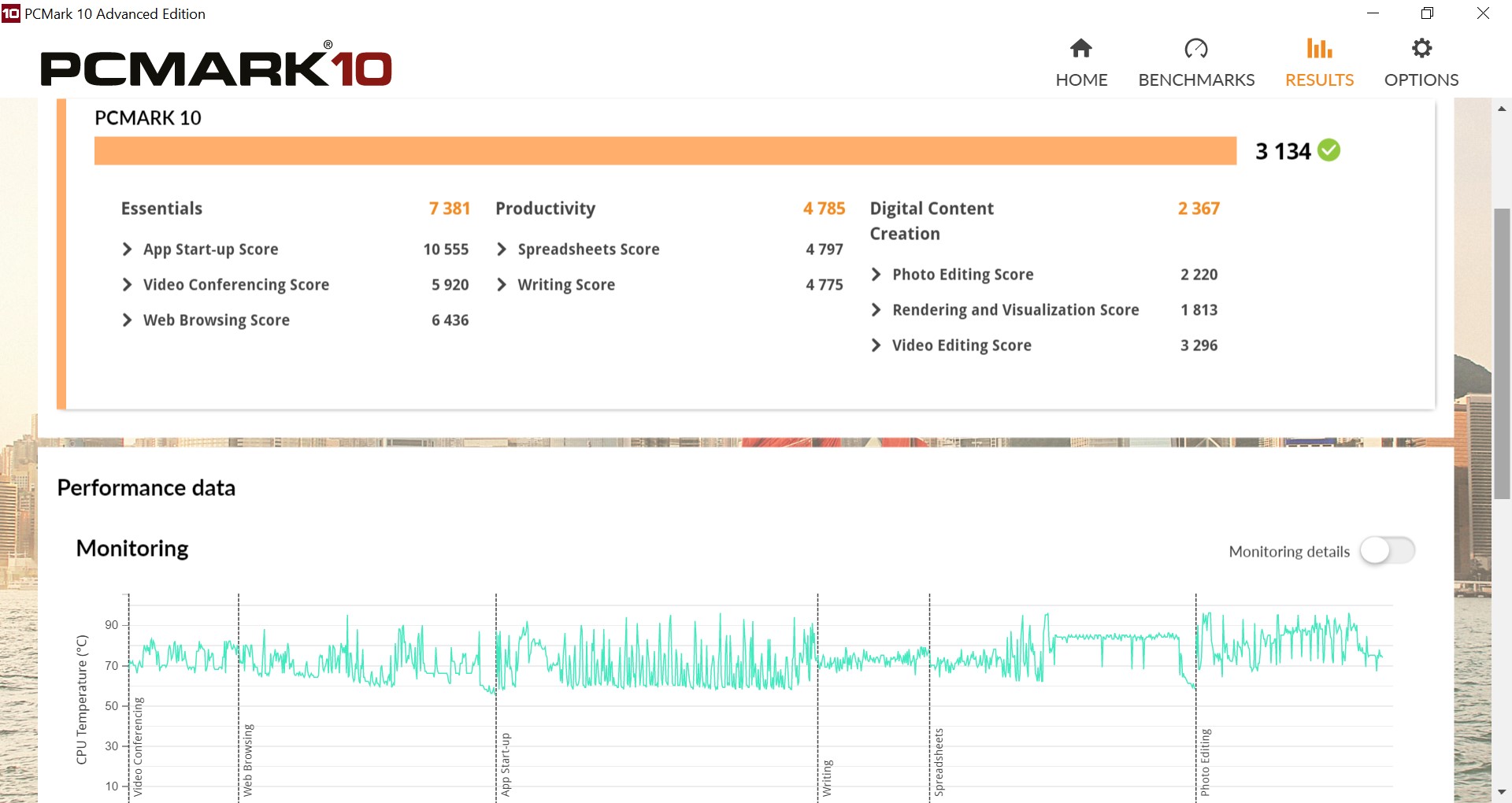
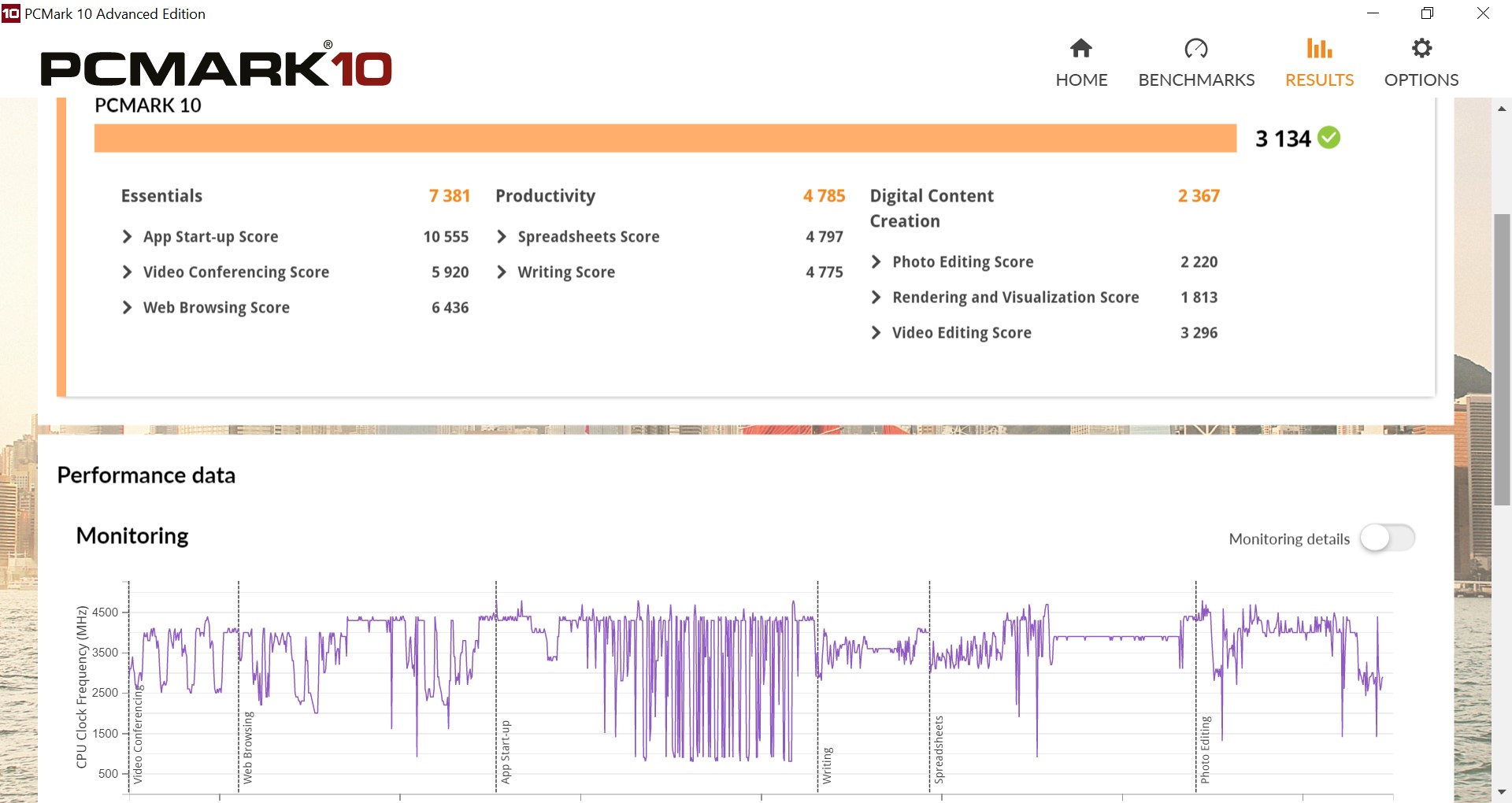
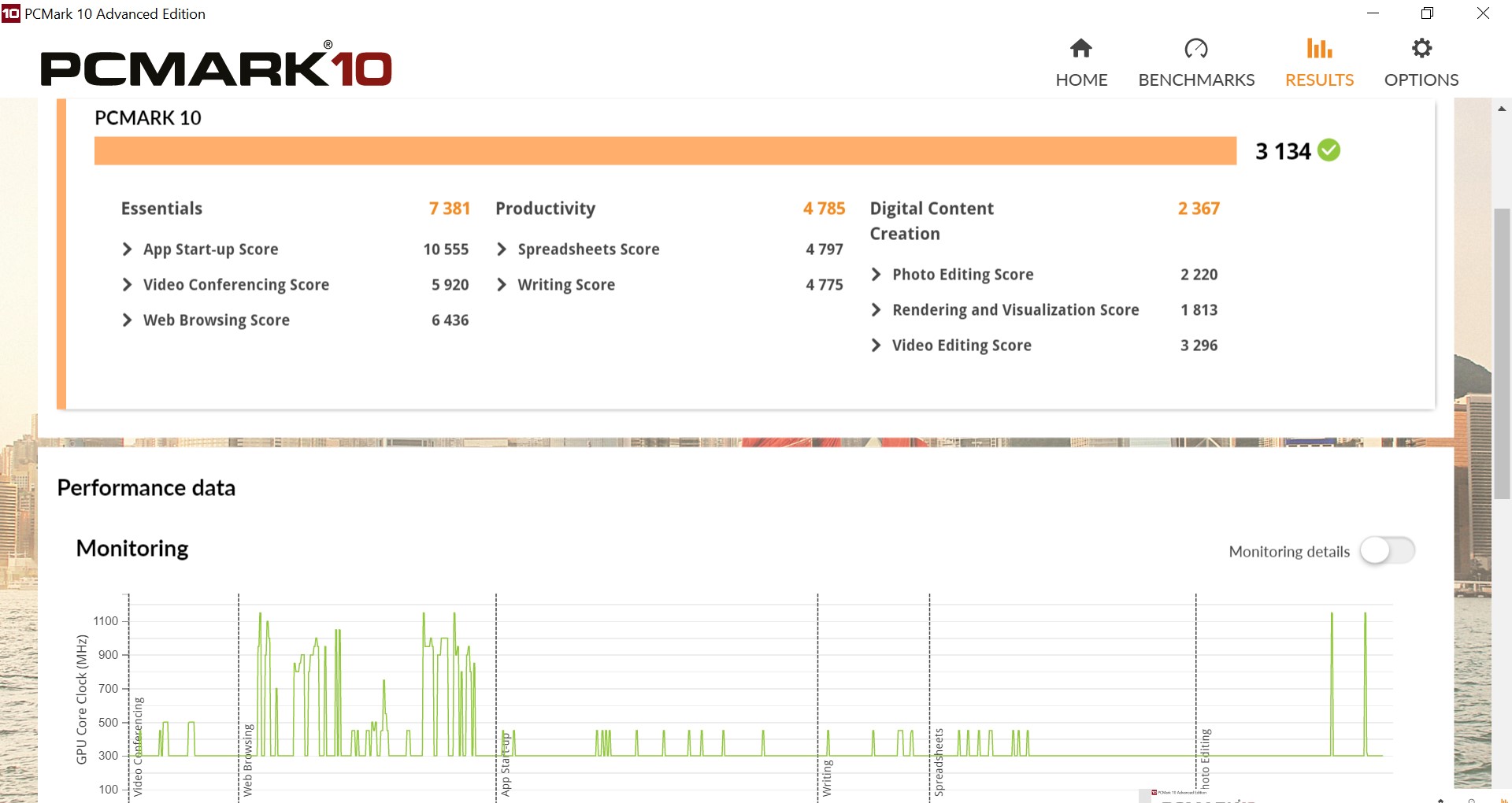
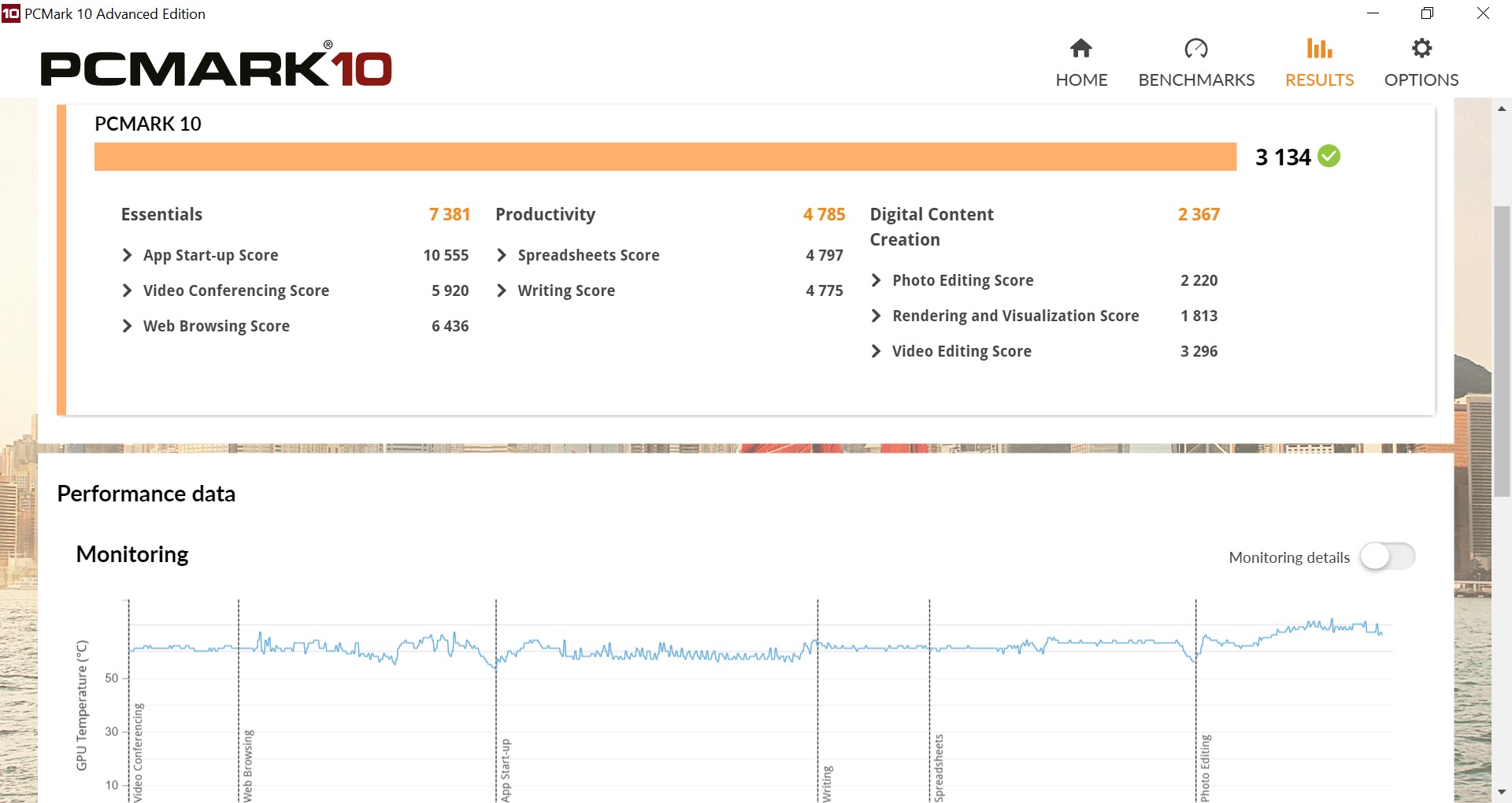
Discussion about this post